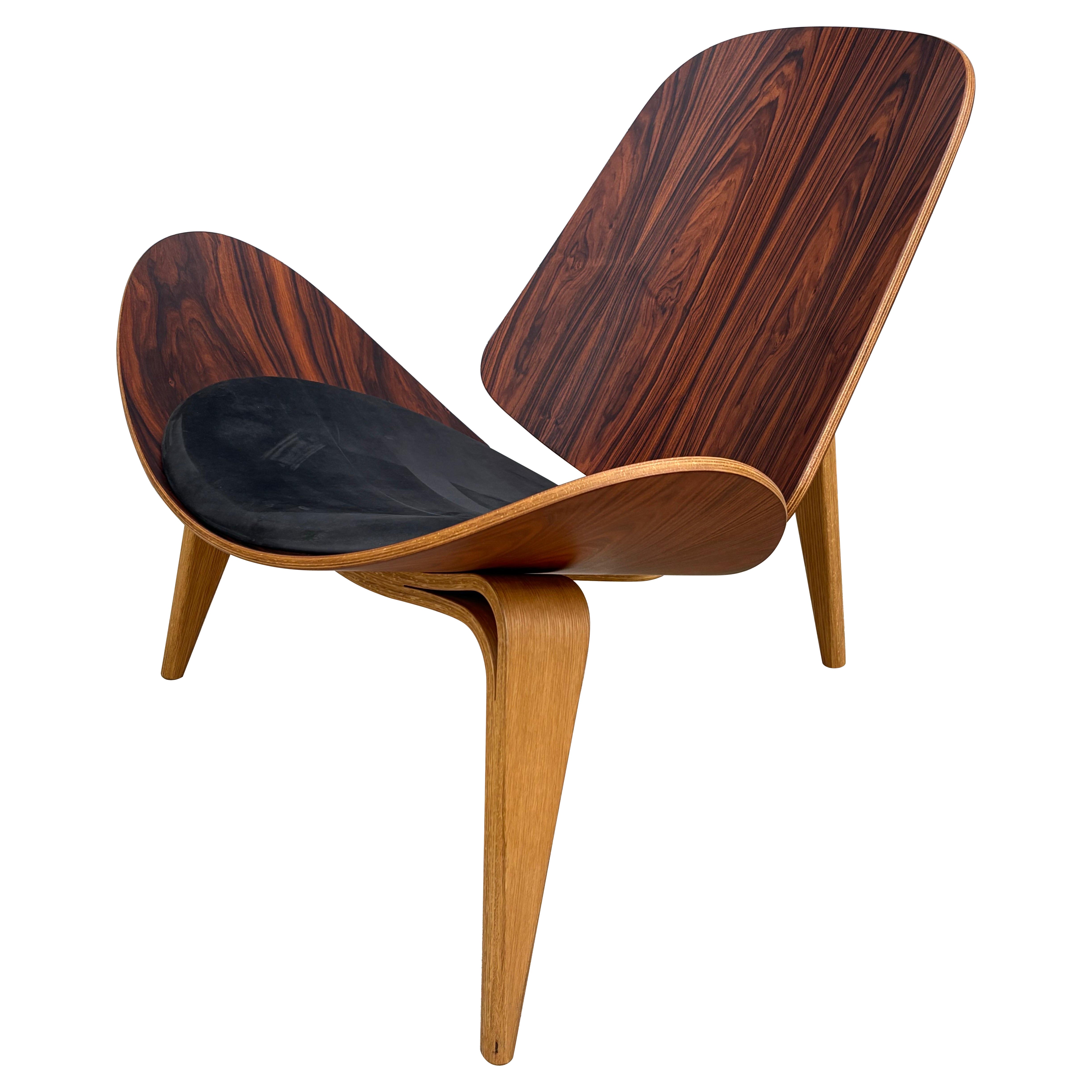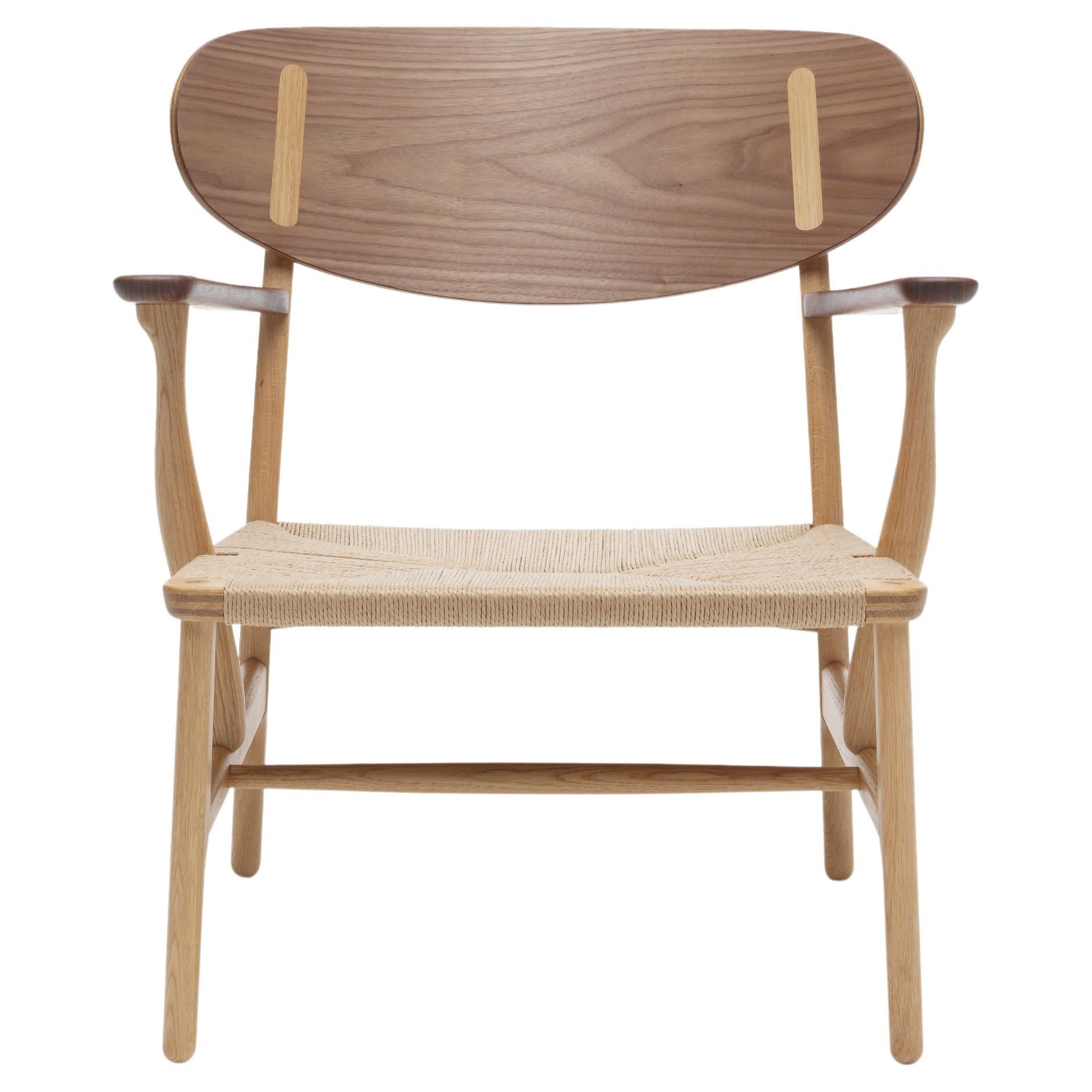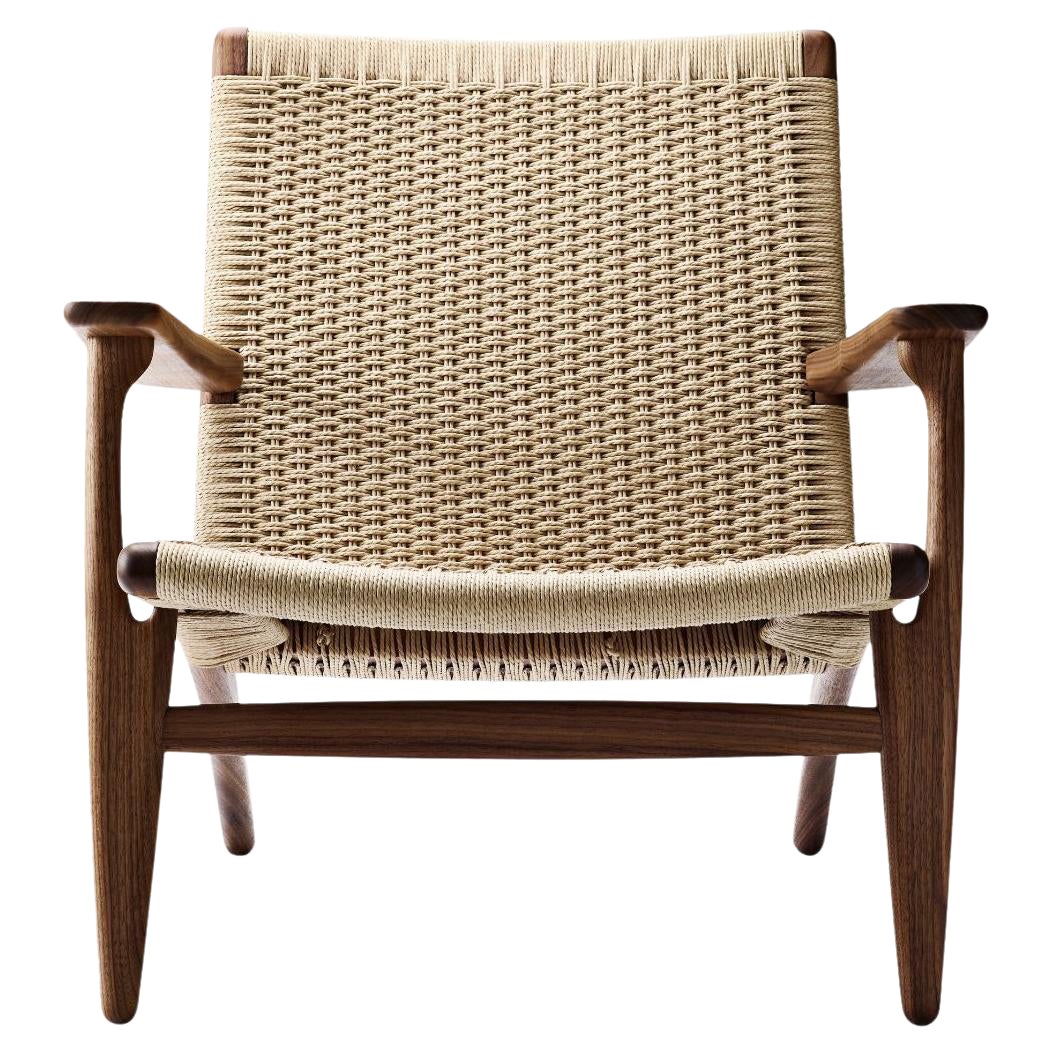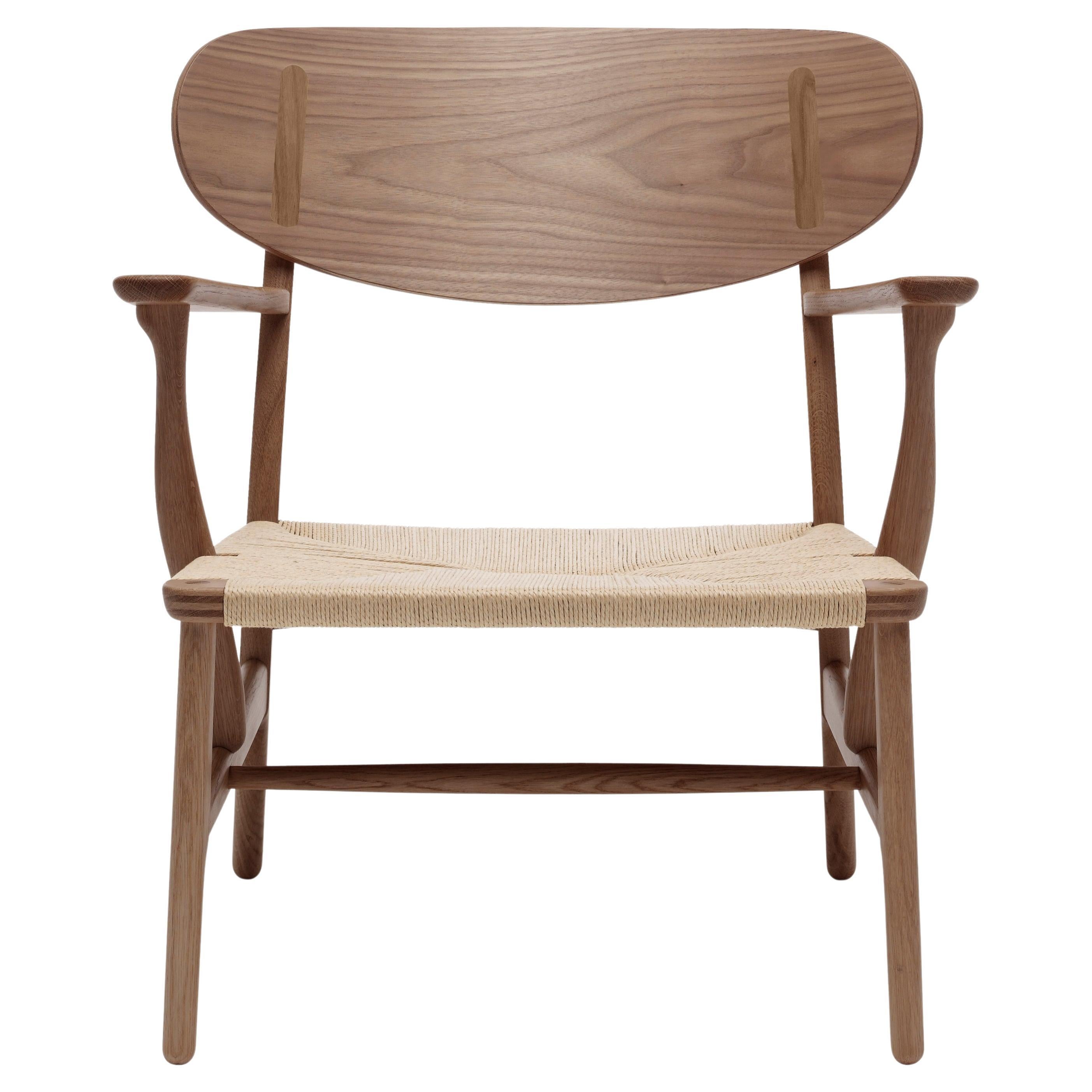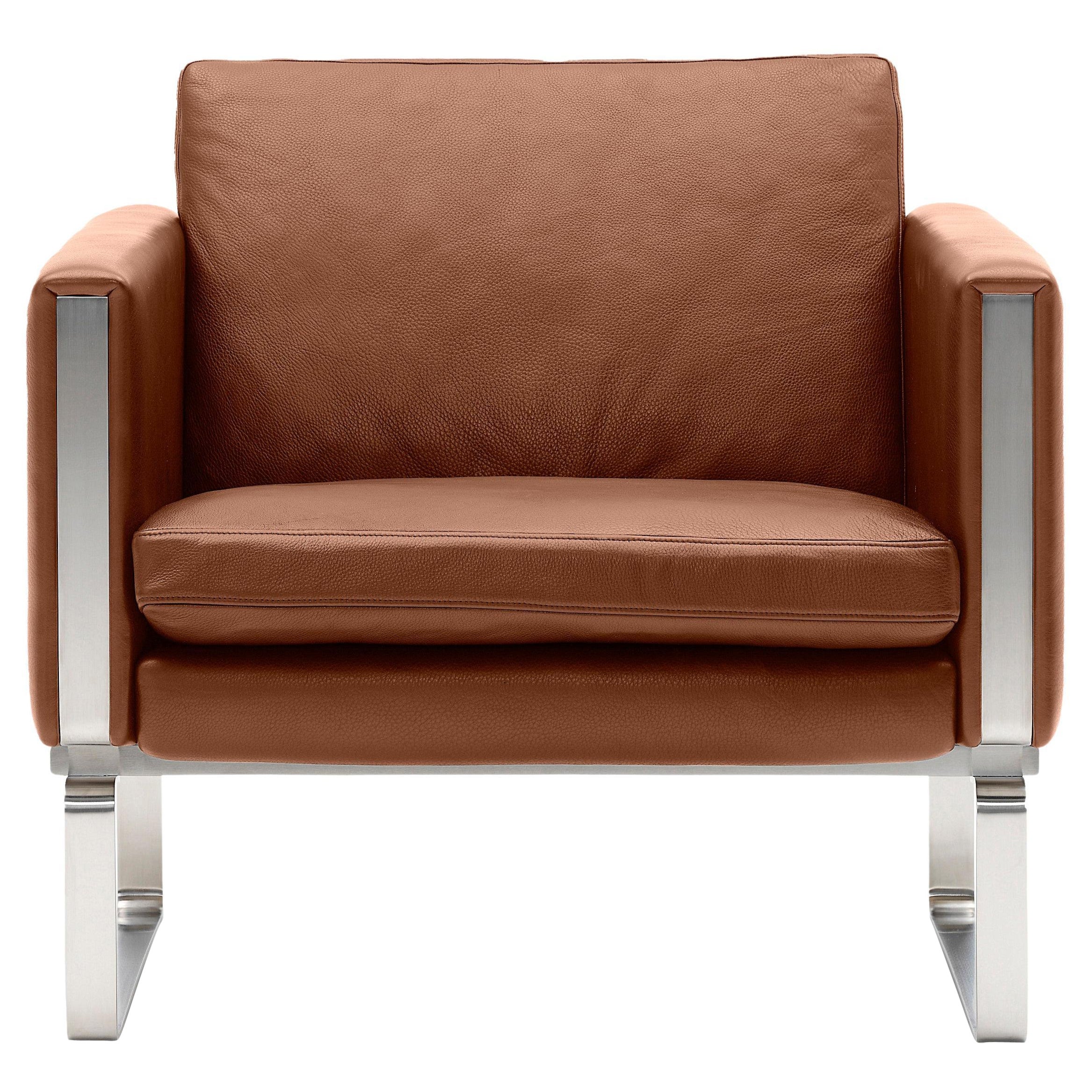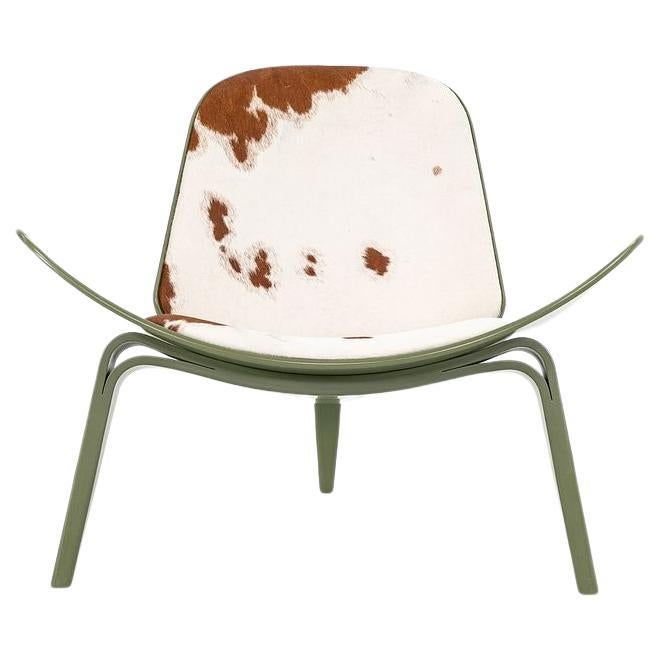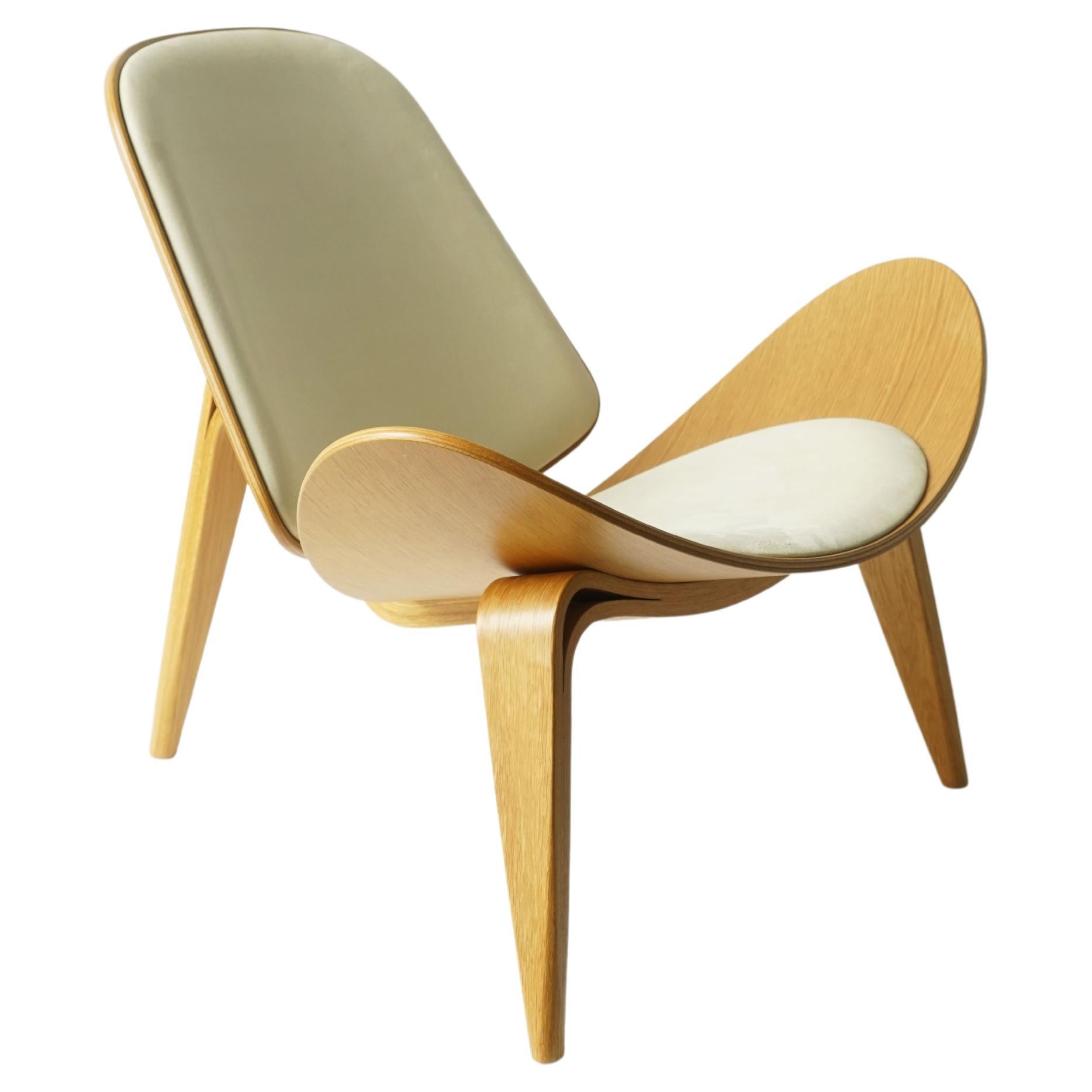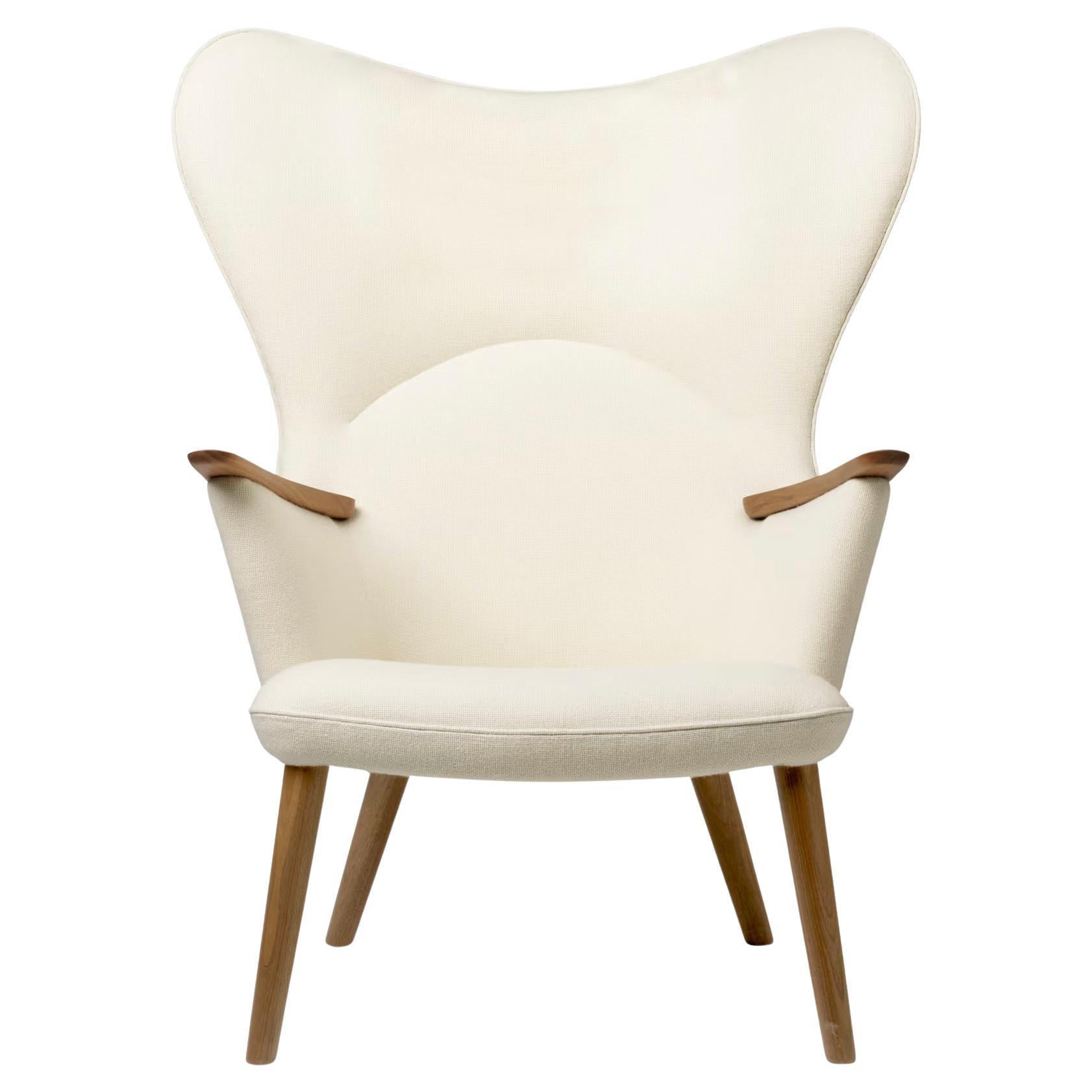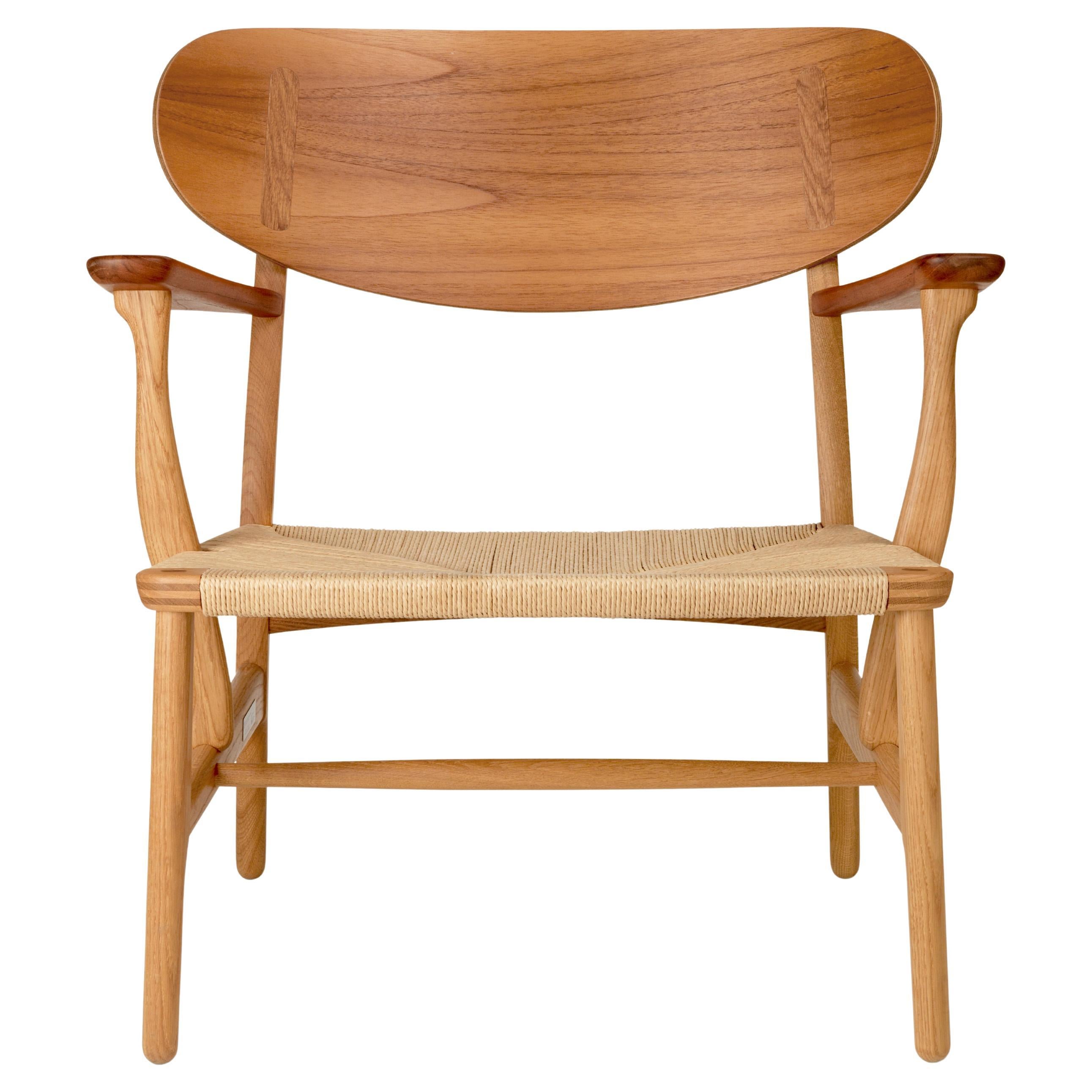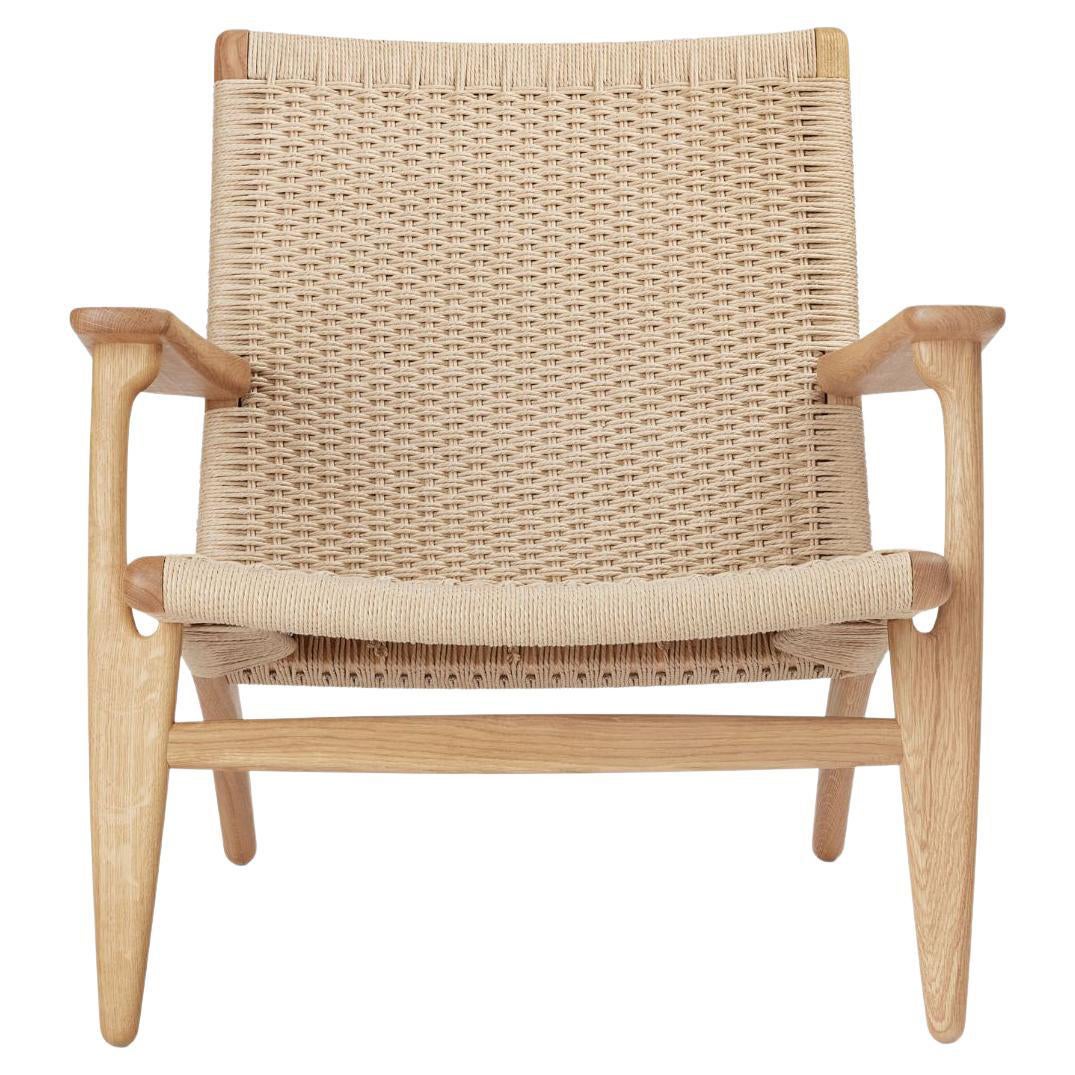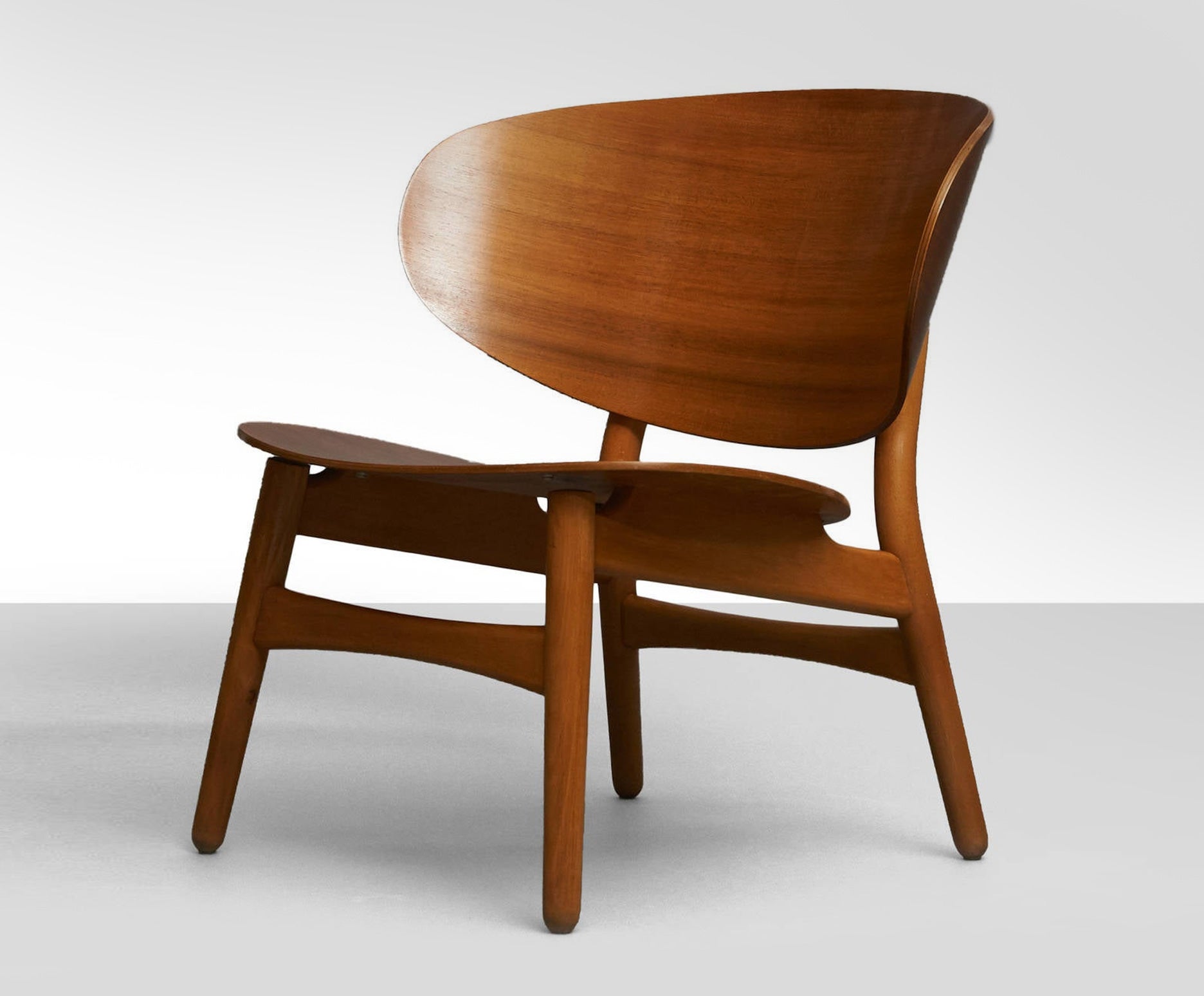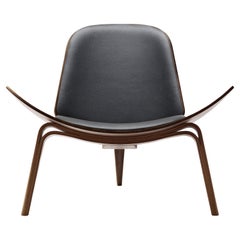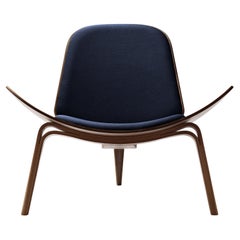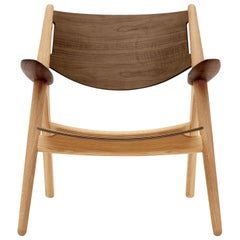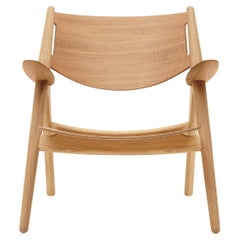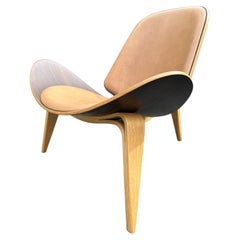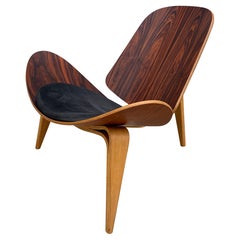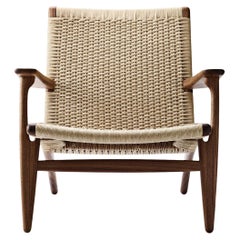
CH07 Shell Chair in Walnut Oil with Thor 307 Leather by Hans J. Wegner
View Similar Items
CH07 Shell Chair in Walnut Oil with Thor 307 Leather by Hans J. Wegner
About the Item
- Creator:Hans J. Wegner (Designer),Carl Hansen & Søn (Manufacturer)
- Design:
- Dimensions:Height: 29.1 in (73.92 cm)Width: 36.2 in (91.95 cm)Depth: 32.6 in (82.81 cm)
- Style:Modern (In the Style Of)
- Materials and Techniques:
- Place of Origin:
- Period:
- Date of Manufacture:Contemporary
- Production Type:New & Custom(Current Production)
- Estimated Production Time:20-21 weeks
- Condition:
- Seller Location:Burlington, NJ
- Reference Number:Seller: CH071stDibs: LU5028230910542
Shell Chair
Also known as the “smiling chair,” the Three-Legged Shell chair — now merely called the Shell — is an example of Hans J. Wegner’s rare forays into plywood. The pioneering Danish furniture maker, whose works of Scandinavian modernism are among the most celebrated designs in the world, much preferred solid wood, a material with which he had extensive experience.
Wegner (1914–2007) was the son of a cobbler and apprenticed to a cabinetmaker for much of his youth. He went on to study at the Royal Danish Academy of Fine Arts (then the Danish School of Arts and Crafts) and then worked as a designer for Erik Møller and Arne Jacobsen in the 1940s before opening his own studio. Chairs became Wegner’s specialty, and over the years he designed over 500 of them. More than 100 of his designs, such as the Wishbone chair and the Papa Bear chair, went into production.
In terms of both process and aesthetics, the Shell chair was ahead of its time when it was introduced in 1963. The expressive seat and back are made out of form-pressed oak or walnut laminates and topped with upholstered cushions for maximum comfort. Wegner made scale models to test various leg configurations and eventually landed on the tapered three-leg structure that gives the chair a feeling of lightness. Nevertheless, the structure is very stable, featuring two front legs made of one continuous piece and a separate hind leg that supports the backrest.
Often described as being “wing-like,” the chair’s radical fluid lines were considered a bit too futuristic when the chair was first introduced during the 1963 Furniture Guild Exhibition in Copenhagen. Initially, mixed reviews from critics as well as the general public along with production difficulties resulted in a very limited early run. Twelve new models were produced for a retrospective exhibition celebrating Wegner’s 77th birthday in 1989, and the design began garnering renewed attention — a photograph of the chair was even selected to grace the cover of the exhibition catalog.
In 1998, nearly a decade following the piece’s reemergence at the retrospective event, Carl Hansen & Søn reintroduced the Shell chair 35 years after it was first released and it has felt relevant ever since. Sculptural and sleek — and “beautiful from all sides and angles,” as Wegner intended for his seating — the Shell chair makes an immediate statement in any interior.
Hans J. Wegner
Best known for his chairs and other seating pieces — though a master of many furniture types like sofas and tables — Hans Wegner was a prolific designer whose elegant, often ebullient, forms and devotion to the finest methods in joinery made "Danish Modern" a popular byword for stylish, well-made furniture in the mid-20th century.
Wegner considered himself a carpenter first and a furniture designer second. Like his peers Arne Jacobsen and Finn Juhl, Wegner believed that striking aesthetics in furniture were based on a foundation of practicality: a chair must be comfortable and sturdy before it is chic.
In keeping with that tenet, several of Hans Wegner’s best chair designs have their roots in traditional seating forms. The Peacock chair (designed in 1947) is a throne-like adaptation of the Windsor chair; pieces from the China chair series (begun in 1944) as well as the 1949 Wishbone chair, with its distinctive Y-shaped back splat, are derived from 17th-century Ming seating pieces, as is the upholstered Ox chair (1960). Wegner’s comfy Papa Bear chair (1951) is an almost surreally re-scaled English wingback chair.
Wegner’s most representative piece, the Round chair (1949), gained a footnote in political history when it was used on the TV stage of the first Kennedy-Nixon debate of 1960. That chair, along with Wegner’s more bravura designs — for example, the 1963 Shell chair, with its curved surfboard-shaped seat — bring a quietly sculptural presence to a room.
Wegner was a designer who revered his primary material — wood — and it shows. His wood gathers patina and character with age; every Hans Wegner piece testifies to the life it has led.
Find vintage Hans Wegner lounge chairs, armchairs, daybeds and other furniture for sale on 1stDibs.
More From This Seller
View All21st Century and Contemporary Danish Modern Chairs
Wood, Leather
21st Century and Contemporary Danish Modern Chairs
Wood, Canvas
21st Century and Contemporary Danish Modern Chairs
Oak, Walnut
21st Century and Contemporary Danish Modern Chairs
Oak, Walnut
21st Century and Contemporary Danish Modern Chairs
Stainless Steel
21st Century and Contemporary Danish Modern Chairs
Leather, Beech
You May Also Like
1990s Danish Scandinavian Modern Lounge Chairs
Leather, Oak, Walnut, Plywood
Vintage 1960s Danish Scandinavian Modern Lounge Chairs
Leather, Oak, Rosewood
21st Century and Contemporary Danish Mid-Century Modern Lounge Chairs
Papercord, Walnut, Oak
21st Century and Contemporary Danish Mid-Century Modern Lounge Chairs
Papercord, Wood, Walnut
21st Century and Contemporary Danish Mid-Century Modern Lounge Chairs
Papercord, Walnut
21st Century and Contemporary Danish Mid-Century Modern Lounge Chairs
Stainless Steel
Recently Viewed
View AllRead More
The 21 Most Popular Mid-Century Modern Chairs
You know the designs, now get the stories about how they came to be.
Design Icon Ilse Crawford on Her Colorful New Hans Wegner Chairs
If anyone is brave, humble and adept enough to recolor these mid-century masterpieces, it’s Ilse Crawford. Here, she gives us the details on her five earthy paint choices and tells us how she feels about design collaborations.

